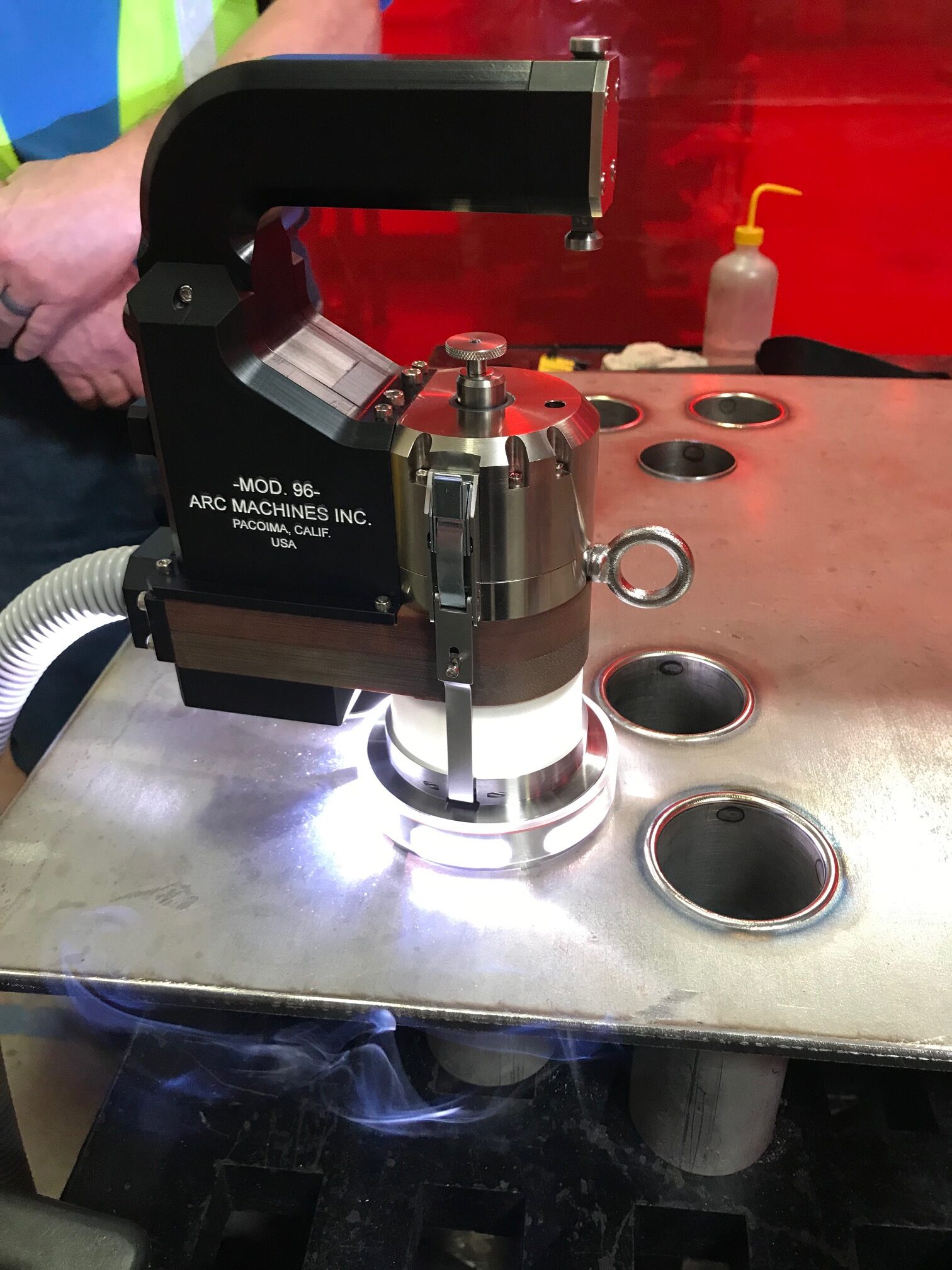A successful tube to tubesheet welding will involve accurate adherence to the weld preparation technique, recognition of ideal joint preparation, and welding techniques. Depending on the application, there can be the following joint types –
It is important to note that welding these joint types will require a mandatory cleaning and edge preparation (V-groove, J-groove, or no groove). The thickness of the tubesheet should be based on the type of heat exchanger being fabricated — i.e., floating head or u-tube heat exchanger. The thickness should always include a minimum allowance for corrosive conditions.
Once the tubes and tubesheet are set in place, usually, welders opt for TIG (tungsten Inert Gas) welding for the fusion process. TIG further offers the following options —
The TIG welding can be done manually or using orbital solutions. Orbital welding is the preferred choice as it minimizes concerns regarding quality and joint accessibility, which is still a concern with the manual process.
Orbital welding with specialized weld heads can optimize the heat input, voltage, gas flow, and weld head movement, which are crucial parameters for the precision welding of tubes and tubesheets. The automated process and compact weld heads can easily access each tube to tubesheet connection to ensure uniformity and reliability of weld.


